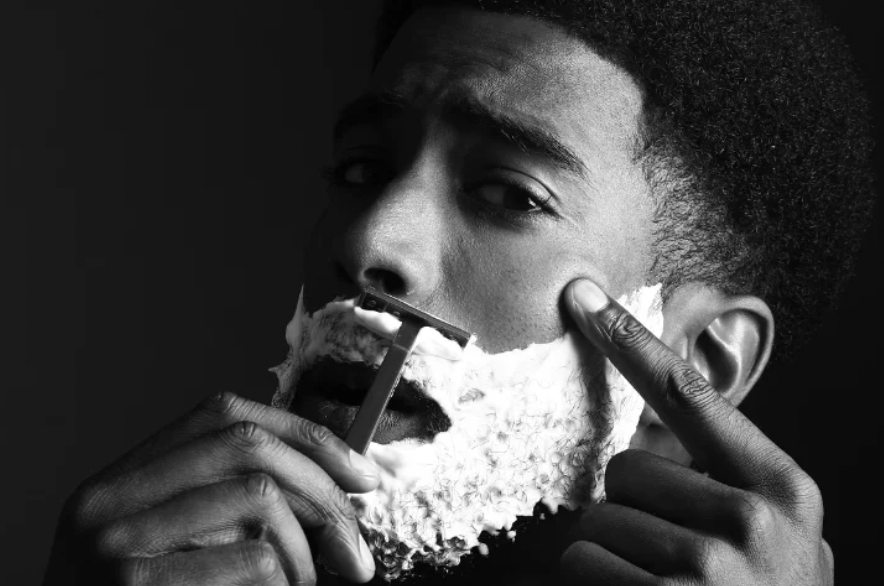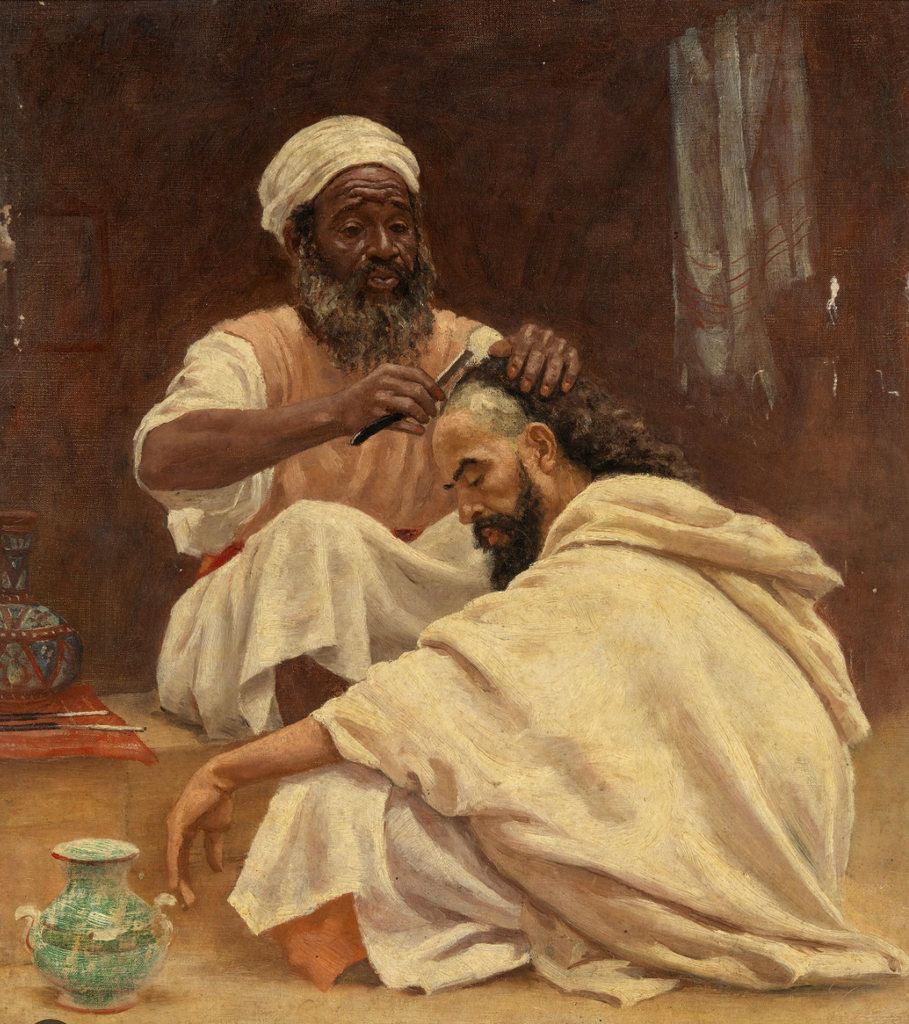Education
9 Essential Steps in Finding the Perfect Beard Barber
Beard Care Tips for the Summer
3 Things to Consider when Switching from a Clipper shave to Razor Shave
The History of Barbering 1.0
Barbering is one of the oldest documented professions. Understanding its evolution can help provide a new appreciation for the prominent role it has achieved in different cultures throughout the ages. Barbering has a wealthy history that goes back millennia. From metal shears to electric to lithium battery operated cordless clippers in modern times but we can go back even further where sharped flint, oyster shells, and even bone was used to shave and get that fresh cut. Technology has come a long way. Many primitive cultures believed that both good and bad spirits entered through the hair and in order to get rid of the bad spirits the barber had to cut the hair. Those belief systems elevated tribal barbers to positions of importance, such as medicine men, shamans, or priests. The Egyptians are credited with being the first people to cultivate beauty in an extravagant fashion. According to Milady Standard Barbering excavations from tombs have revealed such relics as combs, brushes, mirrors, cosmetics, scissors, and razors made of tempered copper and bronze. High-ranking men and women of Egypt had their heads shaved for comfort when wearing wigs and for the prevention of parasitic infestations. Every third day, barbers would shave the priests' entire bodies to ensure their purity before entering the temple. The work of the barber Meryma'at (mare-a-mott) was held in very high esteem. Several Biblical passages give insight into the works of the barber. It was in Greece during its golden age (500-300 BC) that barbering became a highly developed art. Well-trimmed beards were status symbols. Greek men had their beards trimmed, curled, and scented on a regular basis. Barbershops became the gathering places for exchanging sporting, social, and political news, while barbers themselves rose in prominence to become leading citizens within the social structure.
The word barber is derived from the Latin word barba, meaning "beard." Another word derived from Latin, tonsorial (TON-SORE-ee-ahl) (derived from tondere, meaning "to shear") means the cutting, clipping, or trimming of hair with shears or a razor - barbers are sometimes referred to as tonsorial artists.

The privilege of haircutting was reserved for the barber, priest, medicine men, or spiritual leader of the tribe. According to the Greek philosopher and mathematician Pythagoras, the hair was the source of the brain's inspiration, and cutting it decreased an individual's intellectual capacity. Barbering has evolved over the centuries and will continue to be a staple in our communities. As technology advances and trends emerge it will be interesting to see what the future of the guild looks like.
Continue readingTricks to Trimming Your Beard While Growing It
You may have to endure a few uncomfortable phases when growing a beard in order to achieve the ideal appearance. (Especially in the event that the beard isn't as full as you'd like.) But you need to trim the hedges a little if it covers your face and begins to get bulky. In spite of growing it out. Reject that. particularly if you are growing it out.
That can seem ineffective: If the goal is length, why do you need to cut your beard? The same justification applies for getting haircuts while letting your hair grow to your shoulders: In order to stay in shape and avoid looking dystopian as you progress toward a bushy-beard utopia, routine upkeep is necessary.
You can trim your beard along the way, and it will still grow just as quickly. Use these particular suggestions to keep it looking great at all times.
Always comb it and clean it
Never trim a beard that is oily, product-covered, filthy, or moist. To accurately gauge how long the hairs are and which regions require the most care, you should only take care of them when it is cleanest and freshest. So, comb it into place and let it dry after using a beard shampoo (like BLVD Beard Oil). With no product added, this will get you very near to your permanent hairstyle and prepare it for a trim.
Although it seems absurd, use scissors rather than clippers.
You are essentially simply spot-checking your beard, so you won't jeopardize its length. You should use beard or mustache scissors (they are the same thing) to snap away at anything that is too straggly or bothersomely out of place rather than getting out the clippers and mowing over everything. It is that simple.
Use clippers for the cheek and necklines, however.
However, you will still require those clippers in order to preserve the cheeks and the neckline. (Of course, you may also shave them with a bladed razor.) This, in our opinion, is the most crucial approach to maintaining a neat appearance for your beard as it grows. Seize the edges!
It's easy to cut the neckline if you're unsure where to do it: Put your middle and index fingers directly on top of your Adam's apple. At this location, over your fingers, see a "U" form being drawn from behind each of your ears. Below this fictitious "U" goes everything. Whatever is above it remains.
Feed that guy
You must care for your beard whether you are growing it out or keeping it at a certain length. It remains healthy, supple, and soft as a result. Additionally, it supports fast-growing, healthy hair. Try applying a few drops of beard oil to a freshly washed, dry beard. Additionally, this will moisturize the skin behind your beard, which can get dry.
If you need something stronger, try a taming balm (like our fav, BLVD Beard Oil), which nourishes the hair while simultaneously holding it in place. Often, a beard oil acts as a light-hold style by coaching errant hairs into position.
Continue reading




